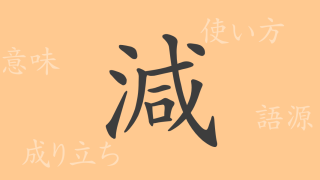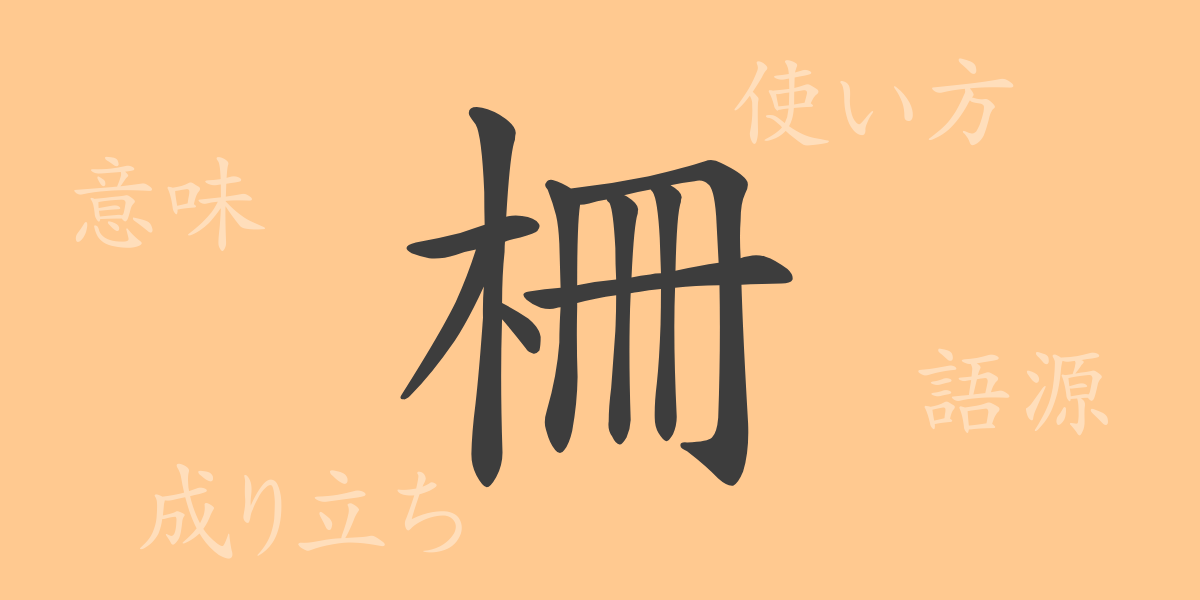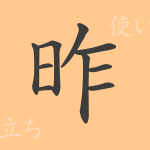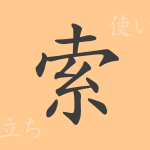In our surroundings, there are many invisible “柵” (saku, fences), but the actual knowledge about “柵” might be surprisingly limited. In this article, we will delve deeply into the Japanese commonly used kanji “柵” (saku), explaining its origin, meaning, usage, readings, and even exploring idioms and phrases that incorporate this kanji. Let’s explore the world of “柵” to enhance your understanding of the Japanese language.
Origin of 柵 (saku)
The kanji “柵” (saku) has been used for a long time to mean fences or enclosures made by combining wood. This kanji is composed of the “木” (ki, wood) radical and “冊” (satsu, barrier) part, which symbolizes using wood to enclose or demarcate something. In ancient China, it was common to set up fences to divide land or to prevent enemy intrusion.
Meaning and Usage of 柵 (saku)
The primary meaning of “柵” (saku) is a physical fence or enclosure, but it also includes metaphorical meanings. For example, psychological barriers between people can be described as “心の柵” (こころのさく, kokoro no saku, barriers of the heart). In usage, phrases like “柵を設ける” (さくをもうける, saku wo moukeru, set up a fence) and “柵を越える” (さくをこえる, saku wo koeru, overcome a barrier) describe setting up or overcoming obstacles or restrictions.
Readings, Stroke Count, and Radical of 柵 (saku)
The kanji “柵” (saku) has the following features:
- Readings: The on’yomi (音読み) reading is “サク” (saku), and the kun’yomi (訓読み) readings include “しがらみ” (shigarami) and “やらい” (yarai).
- Stroke count: “柵” (saku) has a total of 9 strokes.
- Radical: The radical is 木部 (きへん, ki-hen, wood).
Idioms, Phrases, and Proverbs Using 柵 (saku) and Their Meanings
There are several idioms, phrases, and proverbs that include the kanji “柵” (saku). Here are a few examples:
- 「心の柵」(こころのさく, kokoro no saku): Refers to psychological barriers or restrictions.
- 「柵を越える」(さくをこえる, saku wo koeru): Means to overcome obstacles or difficulties.
- 「柵を張る」(さくをはる, saku wo haru): Refers to setting up physical or metaphorical boundaries.
These expressions reflect the essential function of “柵” (saku) in dividing or protecting.
Conclusion on 柵 (saku)
The kanji “柵” (saku) encompasses diverse meanings, extending beyond mere physical enclosures to represent psychological barriers and societal restrictions. In the Japanese language, this kanji is indispensable for expressing these concepts. Through this exploration, we hope you have gained an appreciation for the profound world of “柵” (saku).

























